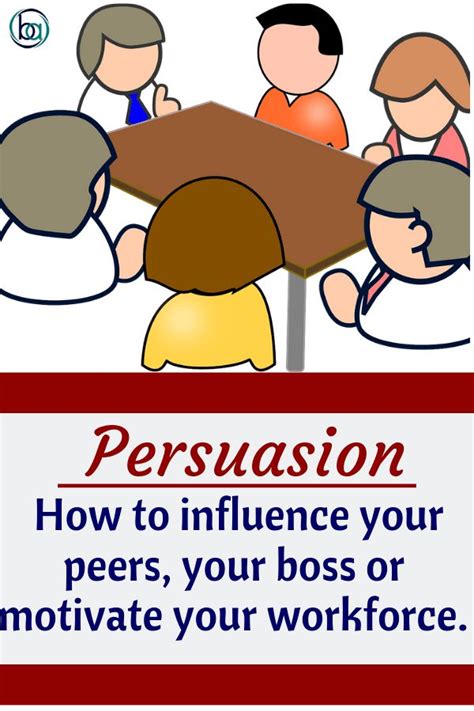Introduction

The iconic 1960s television series “Mad Men” has captivated audiences with its portrayal of a ruthless yet glamorous advertising industry in New York City. While the show’s main focus is on the personal dramas of its characters, it also provides a fascinating glimpse into the cutthroat world of high-stakes advertising campaigns.
The Art of Persuasion
One of the key themes explored in “Mad Men” is the art of persuasion. The show’s advertising executives are masters at crafting messages that resonate with consumers and drive sales. They understand the importance of understanding their target audience, creating compelling storylines, and using persuasive techniques to influence behavior.
Classroom Applications
The lessons learned from “Mad Men” can be applied directly to the classroom setting. Teachers can use the show as a jumping-off point for discussions on critical thinking, persuasive writing, and public speaking. By analyzing the techniques employed by the show’s characters, students can develop their own communication skills and become more effective persuaders.
Effective Teaching Strategies
1. Encourage Critical Thinking
Encourage students to analyze the advertising campaigns depicted in “Mad Men.” Ask them to identify the persuasive techniques used, the target audience, and the intended message. This will help them develop their critical thinking skills and better understand the power of advertising.
2. Foster Persuasive Writing
Have students write persuasive essays or create advertising campaigns based on their analysis of “Mad Men.” This will allow them to practice their persuasive writing skills and apply the lessons learned from the show to a practical context.
3. Develop Public Speaking Skills
Use scenes from “Mad Men” to teach students about effective public speaking. Have them analyze the delivery, body language, and persuasive techniques employed by the show’s characters. This will help them improve their own public speaking skills.
Tips and Tricks
- Use engaging visual aids: Show clips from “Mad Men” to illustrate persuasive techniques and advertising campaigns.
- Create interactive activities: Divide students into teams to role-play advertising pitches or create their own advertising campaigns.
- Provide real-world examples: Share examples of modern advertising campaigns that demonstrate the principles learned from “Mad Men.”
FAQs
1. Is “Mad Men” appropriate for the classroom?
Yes, “Mad Men” can be an appropriate educational tool when used in a responsible and age-appropriate manner. Teachers should preview the show to ensure that it aligns with their curriculum and classroom goals.
2. How can I incorporate “Mad Men” into my lessons?
Use clips from the show to illustrate topics such as persuasive techniques, advertising campaigns, and public speaking. Encourage students to analyze the show’s characters and their motivations.
3. What other resources can I use to supplement my “Mad Men” lessons?
There are numerous resources available online, including lesson plans, articles, and documentaries that can provide additional context and insights into the world of “Mad Men.”
Useful Tables
Table 1: Persuasive Techniques Used in “Mad Men”
| Technique | Description | Example |
|---|---|---|
| Emotional appeals | Evoke emotions such as fear, guilt, or desire | “You don’t want to be the only one without it.” |
| Logical appeals | Present logical arguments and data | “Studies have shown that this product is effective.” |
| Celebrity endorsements | Use celebrities to promote products | “Endorsed by your favorite actor.” |
Table 2: Target Audiences in “Mad Men”
| Target Audience | Description | Example |
|---|---|---|
| High-income professionals | Wealthy and influential | “The ultimate luxury for the discerning gentleman.” |
| Suburban housewives | Women responsible for household purchases | “Make your home a haven with this revolutionary new appliance.” |
| Young adults | Trendy and fashion-forward | “The must-have accessory for the cool crowd.” |
Table 3: Advertising Campaigns Inspired by “Mad Men”
| Product | Campaign | Techniques Used |
|---|---|---|
| Luxury watch | “Time is of the essence.” | Emotional appeal, celebrity endorsement |
| Cosmetics brand | “Unleash your inner beauty.” | Emotional appeal, logical appeal |
| Technology company | “Innovate or be left behind.” | Logical appeal, target audience segmentation |
Table 4: Public Speaking Lessons from “Mad Men”
| Principle | Description | Example |
|---|---|---|
| Confidence and charisma | Maintain eye contact, stand tall | Don Draper |
| Storytelling | Engage the audience with a compelling narrative | Peggy Olson |
| Persuasive delivery | Use gestures and body language to emphasize key points | Roger Sterling |
In Conclusion
“Mad Men” offers a wealth of educational opportunities for teachers who are willing to embrace its unique blend of glamour, intrigue, and persuasive techniques. By incorporating the show into their lessons, teachers can engage students, develop their critical thinking skills, and empower them to become effective persuaders in their own right.
